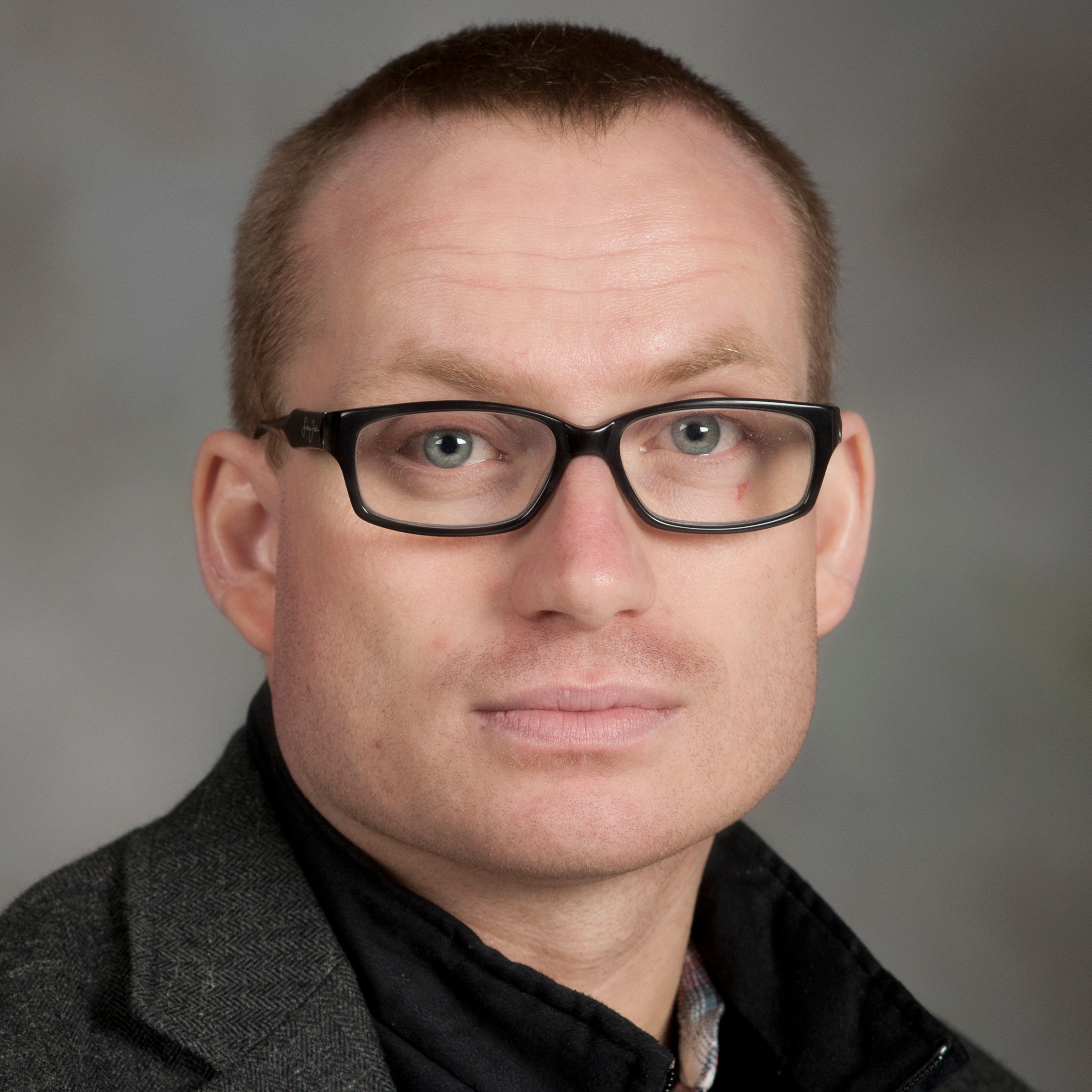Robert Weiss

Education
Dr. rer. nat. (PhD), Westfalische–Wilhelms-University, Munster, 2005.
Diploma (M.S.), Friedrich–Schiller-University, Jena, 2002.
Pre-Diploma (B.S.), Friedrich–Schiller-University, Jena, 1999.
Homepage:
My research is interdisciplinary in sedimentology, coastal engineering, and oceanography. My main research goal is to understand the response of the physical environment to tsunami generated by earthquakes, slides and oceanic meteorite impacts and the records that such processes produce.
Goals: Derived from my main research goal, my research interests include: (a) tsunami sedimentation and erosion, (b) long-wave runup in three dimensions, (c) meteorite impacts into marine environments, and (d) subaerial and submarine landslides. Items (a) and (b) deal with the direct influence of the tsunami wave with the shoreline. I would like to understand the generation of deposits with very small to very large grain sizes. From the field surveys in October 2009 in Samoa and March 2010 in Chile, it is clear that the transport of larger particles, such as cobbles and boulders, by tsunami waves will be one of the hot topics of tsunami science. I anticipate adding large-particle transport by tsunami to my research interests.
Approaches: I consider myself a theoretician drawn to field by necessity. My research methods span from analytical to numerical modeling. Especially for the research on tsunami sedimentation and erosion, I focus on understanding the physics of depositional and erosional processes. In terms of numerical modeling, I employ a variety of computer codes ranging from iSALE (a hydrocode) to MOST (tsunami code) to GPU- SPHysics (three dimensional flow). Furthermore, I develop or enhance numerical models to achieve my research goals. However, tsunami events also provide the opportunity to participate in field surveys. I see the participation in field surveys –sponsored by NSF and coordinated with UNESCO– as an opportunity to learn more about the impact of tsunamis by observing the “fresh” evidence as well as a service to the scientific community and the communities that are affect by a individual tsunami. It helps my research group and me to stay focused.
As a scholar, my goals are to develop fundamentally sound upper-division undergraduate students and educate graduate students who are broadly creative and rigorous in the application of quantitative methods in the geosciences.
Goals: For the students who attend my classes as undergraduate or graduate students, I strive for students to become quantitative, integrative, articulate, and entrepreneurial. I see these four character qualities as pivotal for high a level of maturity and sophistication in geoscience.
Quantitative: Develop background, tools and inclination to extend observations to quantifications.
Integrative: Develop sensitivity for different parts of complex systems with the help of different approaches within the same framework, different schools of thought, and even with different bodies of knowledge.
Articulate: Develop the capability to describe natural processes to a diverse audience using an appropriate level of sophistication and language.
Entrepreneurial: Develop work habits that are characterized by independently driven research to enhance understanding of a specific problem and test current hypotheses.
Approaches: In my teaching, I focus on natural processes that influence the earth, especially sedimentary systems, on multiple spatial and temporal scales. For the description and understanding of these processes, I use equations as they represent the most precise and most concise way to describe and understand natural processes. The first contact with equations is scary for most students in natural sciences; however, they learn quickly that using equations is comparable to learning a foreign language. One is clumsy at the beginning, but the level of sophistication increases monotonically if one keeps practicing. I think the reason why students are often scared at first lies in the often overwhelmingly challenging mathematical education and the lack of equations in their natural-science education. During lectures, I make sure that the students learn how to describe a natural process with equations, which will help them to understand the often complex physics within and to distract them from the substantial mathematical complexity that many equations bear. I seek to provide a very positive experience for students when they work with equations and thus increase their ability to explore natural processes more integratively.


